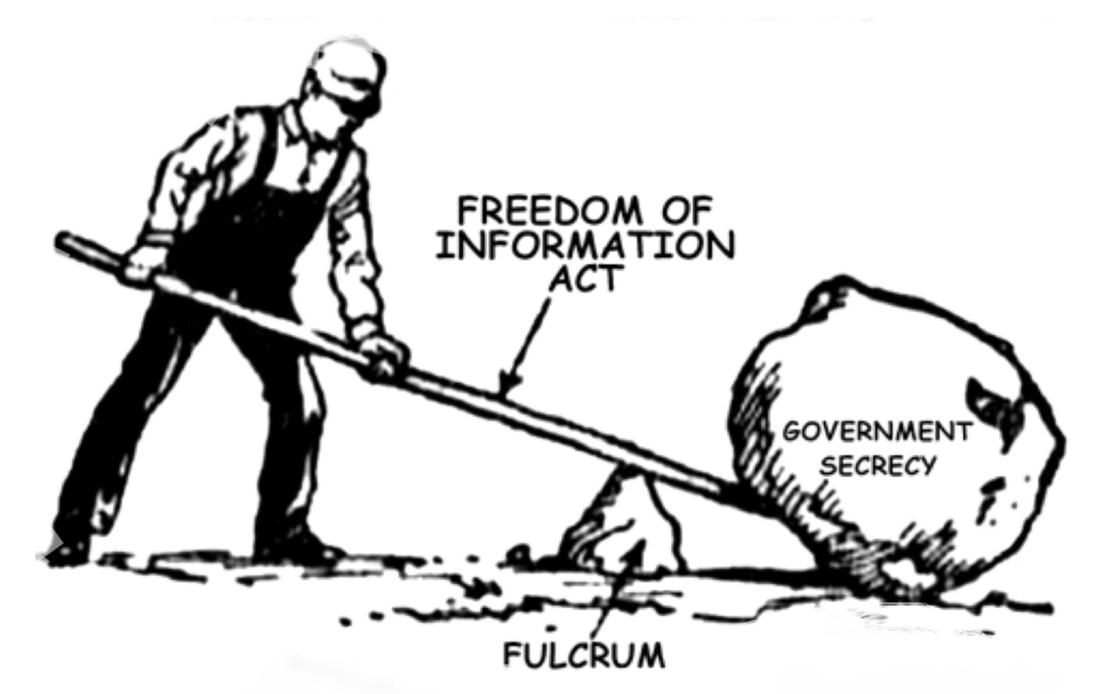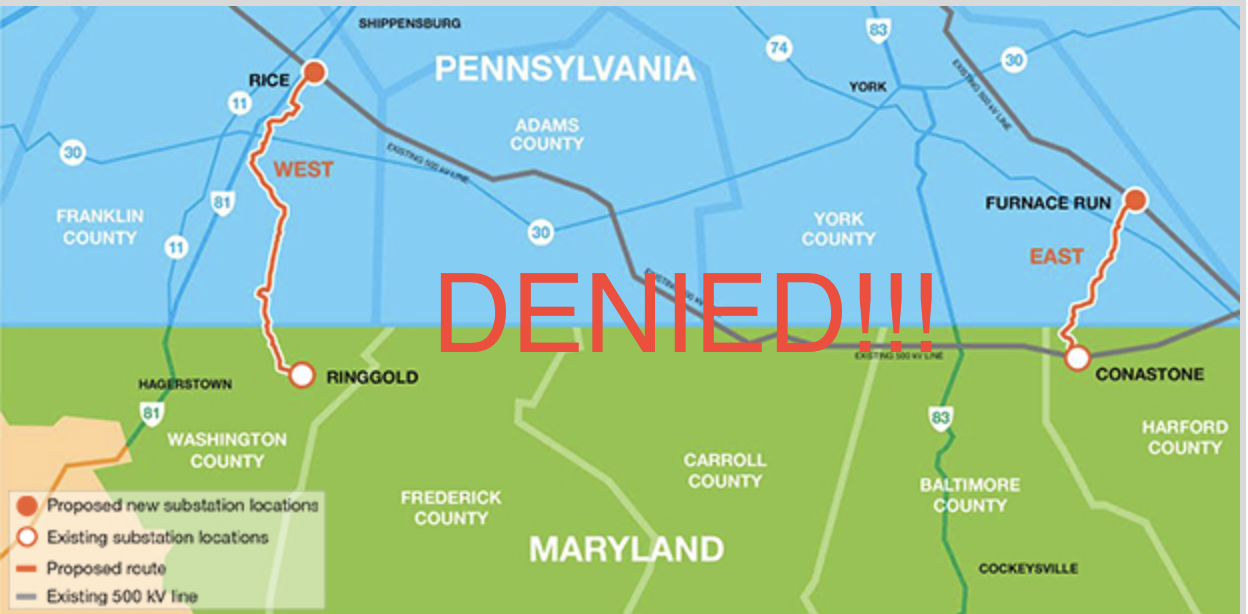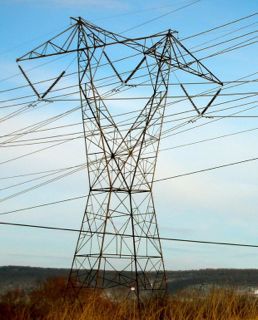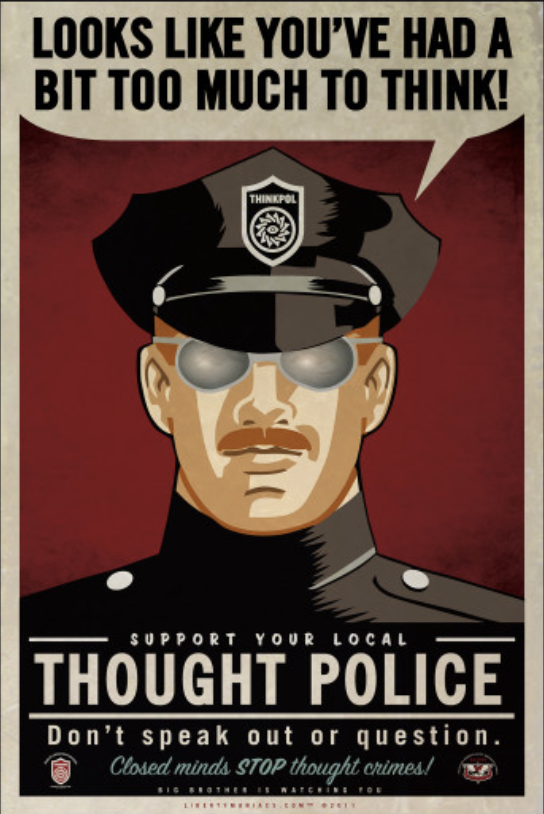Corporations only tell you what they want you to know. They have no obligation to be transparent. However, our government is subject to the transparency of the Freedom of Information Act (FOIA). While FOIAs may be commonplace for sophisticated information gatherers, like the media,* they aren't routine for landowners subject to government condemnation.
For one Arkansan, the smell wafting out of the Clean Line Energy Partners/U.S. Department of Energy honeymoon suite was too much to bear. He determined to get to the bottom of it and find out just how much chummy collusion was going on. And why shouldn't he? This chummy collusion between government and industry was threatening to run a new high-voltage DC electric transmission line right through his father's farm. His father was a hard-working veteran who had served his country honorably... and this was how his country was repaying him for his sacrifice.
So, our landowner hero, let's call him Joel,** submitted a FOIA to the U.S. DOE in May of 2014 asking for documents showing any communication between DOE & Clean Line (CLEP) regarding transmission line route maps. This curiosity was created by DOE itself, when it admitted there were preliminary route maps being used for internal purposes that were not to be shared with the public. The DOE managed to cough up some documents in July of 2014, although not what Joel was looking for. But, hey, at least they tried.
And because they tried, Joel also tried. He tried again with another FOIA in the summer of 2014, asking for more documents showing correspondence between DOE, CLEP, and the Southwestern Power Administration (a federal power marketer). This time Joel got the hairy eyeball from DOE's FOIA contractor, eGlobalTech. The contractor determined Joel was an "other" requester because he was a mere landowner subject to eminent domain taking by the DOE and was not entitled to have his fee waived or his request expedited. Joel was informed that he'd have to pay a fee to receive information that required more than 2 hours of search time or totaled more than 100 pages. Imagine that... you are being threatened that a government agency is going to condemn and take your property, and you don't even have as much right to information about that process as a reporter has to a story that doesn't even personally affect them! But eventually, Joel did receive another pile of non-responsive fluff that didn't tell him how the government was communicating with CLEP. They must have been sharing some walkie-talkies because they weren't sending written messages to each other.
Later on, in the Fall of 2014, Joel tried again by submitting a limited and targeted request for information. This time he asked for any documents regarding the "Management Committee" consisting of DOE and CLEP personnel that was required to meet by a signed agreement between the two. If there was a requirement to have quarterly meetings, surely there would be some agendas, emails, and other meeting materials. Perhaps these meetings were where DOE and CLEP were communicating? Joel's request was again processed by his "friend" at eGlobalTech. This time he was advised that a fee would apply to his request. He was quoted an exact price of $798.90. Joel sent the DOE a check for $800 and waited several months to receive the documents. What he received was seven pages of repetitive emails about travel and lodging and when/where to meet for breakfast in Houston. Completely useless... and for that he paid more than $100 per page? But wait... the story doesn't end there. Four months later, the DOE mysteriously returned Joel's $800 check uncashed and without explanation.
Figuring that his targeted request was too narrow, and increasingly curious how DOE and CLEP were communicating now that DOE had agreed to "partner" with CLEP to use federal eminent domain to take his farm, Joel tried a wider request in 2016. He asked for all communications between the two parties. Apparently it did successfully capture what Joel wanted, because the DOE has STILL not completed that request, nearly 5 years later.
Joel's contact on this request was a contractor from Central Research. First, the woman tried to substitute another party's completed FOIA for the information Joel requested. When he didn't accept that, she quoted him a price to fulfill his request between $1249.40 and $4997.60. Right down to the penny! That ought to make Joel re-think things, right? Wrong. Despite the offer to provide other parties' FOIA responses at no cost if he would only close his request, Joel persevered by asking about payment arrangements. The contractor said she would work up a more detailed cost estimate and get back to him to arrange payment. But she didn't. When Joel later inquired about the hold up, she again said she was working on it and would be in touch. But again... crickets.
Finally in January, 2017, the contractor informed Joel that all the information he was seeking had been provided to others and therefore there would no charge for his request and that it was in process.
In May, 2017 (a year after the original request, mind you) the contractor popped back up and offered Joel another substitute for the information he requested. She offered him an index of documents (a list of documents, not the actual documents) provided to a federal court in Arkansas as part of a lawsuit against the DOE. Joel smartly rejected this substitute of information that was already publicly available. Growing disgusted with DOE's contractor's foot-dragging, Joel contacted another government agency to see if he could light a fire somewhere. Although the federal agency demurred to having authority to force DOE to do anything, it admitted it had contacted DOE about the request and that DOE had promised to finish it and produce the information within 2 weeks. This was May 26, 2017.
Finally, at the end of August 2017, Joel received his first "partial response" to his FOIA request containing 409 pages of non-responsive fluff that told him nothing. After that, DOE seemed to forget about his request entirely.
In 2018, Joel submitted another FOIA request to the DOE seeking the same basic documents. This was met with a detailed response from a different Central Research contractor who, again, tried to get Joel to accept prior FOIA productions as a substitute for his own. This contractor also let Joel know that he was also responsible for the dropped 2016 request which was "still being processed." When Joel again insisted on having his request fulfilled as written, the contractor once again clammed up and disappeared.
In October of 2019 (see, another year later!) a different contractor with Central Research popped up to let Joel know that he was now responsible for the 2016 request. He said, and I quote:
I wanted to give you an update on your FOIA request. The complete document set is undergoing review and should be out to you soon, hopefully in the next 1-2 months.
So, Joel stuck it out, waiting anxiously for 2 months for his requested documents. Someone really ought to do a welfare check on that reviewer... we suspect that this person may have perished at his/her desk and is still undiscovered because the "complete document set" never has shown up... to this day.
But wait... on January 26, 2021, Joel received a note from a new contractor with Wits Solutions advising him that he was now assigned to Joel's 2016 request and would be his new contact.
And what about the outstanding 2018 request? In February of 2020, a year ago, Joel received a note from a new contractor at Central Research claiming that she was now assigned and working on that request.
Near as I can figure, Joel never received the documents he requested in 2016. He never received the documents he requested in 2018. Confirming these requests are still open is the raw data from DOJ's Annual Report of DOE FOIA requests. Both of these requests, classified as "simple" requests are still outstanding with no action. Why is it that this is acceptable? When is DOE going to clean up its huge list of outstanding FOIA requests? It turns out that DOE has a less than stellar record of complying with FOIA requests. Is it DOE policy? Or is it the result of a contractor zoo culture of "pass the buck?" Joel's FOIAs are contractor hot potatoes... passed from one contractor to another without any resolution.
Is Joel giving up? No. Although the transmission project in question was cancelled in 2018 (quietly and without fanfare) and Clean Line Energy Partners went belly up a short time later, the question still remains... how did DOE and CLEP communicate when the project was active? Joel hypothesizes that perhaps DOE has mastered the art of mental telepathy, an amazing scientific discovery! I wish they would share this with the rest of us!
I would also like to know why DOE, in all its governmental beneficence, has not been more forthcoming with information for a landowner subject to its exercise of eminent domain over private property? And what does this bode for the future, where politicians are cheering the use of federal eminent domain for new transmission of dubious necessity? Is our federal government getting more transparent, or, as Joel's experience reveals, more murky?
Shame on you, DOE!
**Maybe not his real name... or maybe it is.








 RSS Feed
RSS Feed